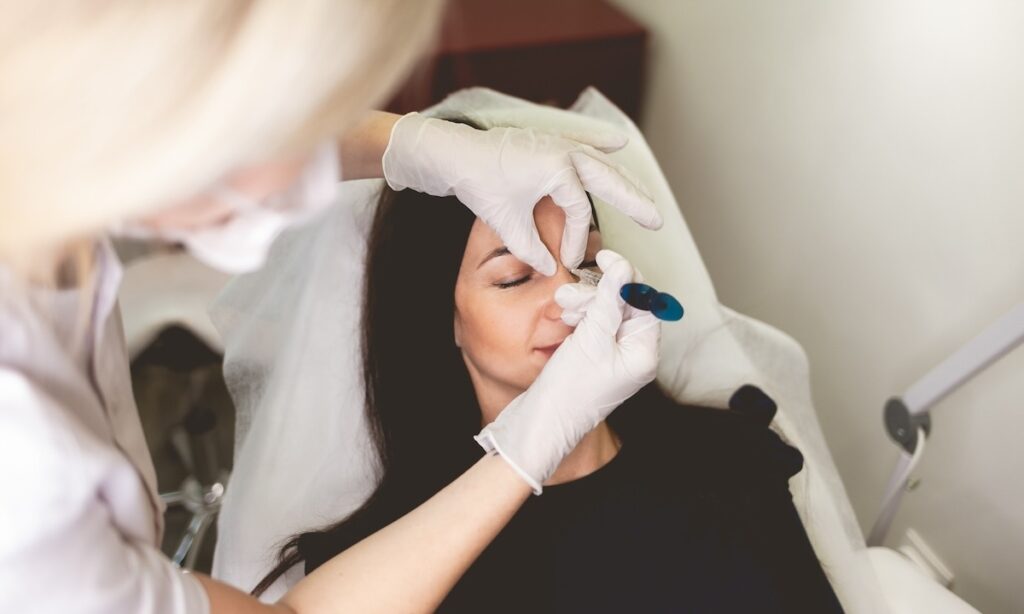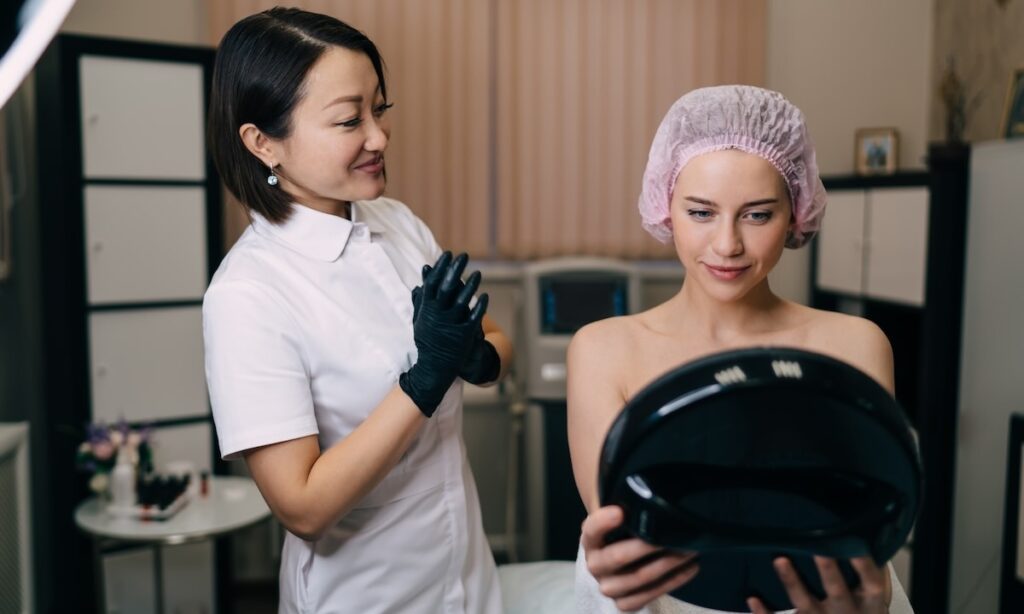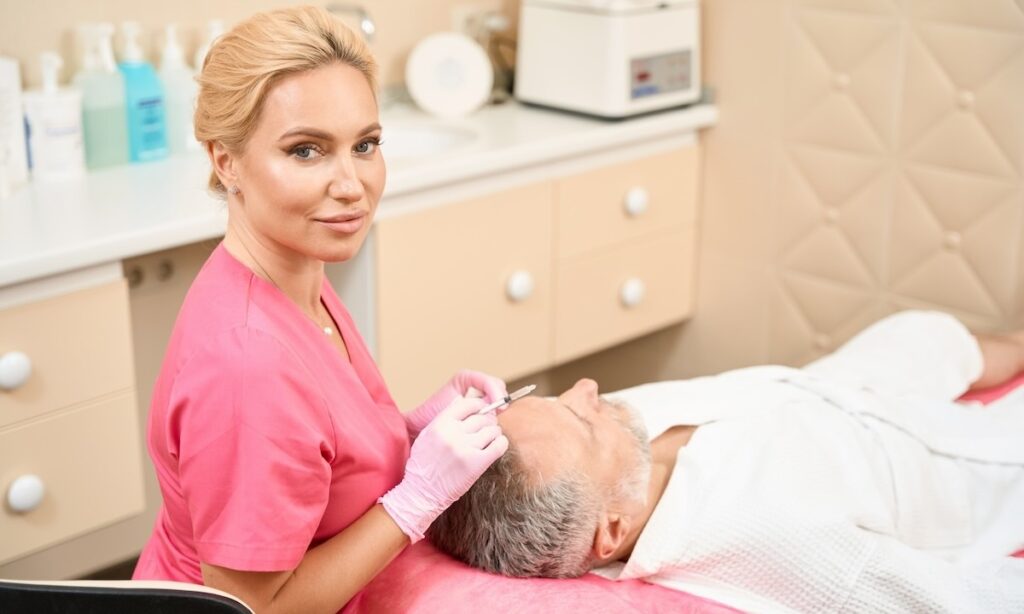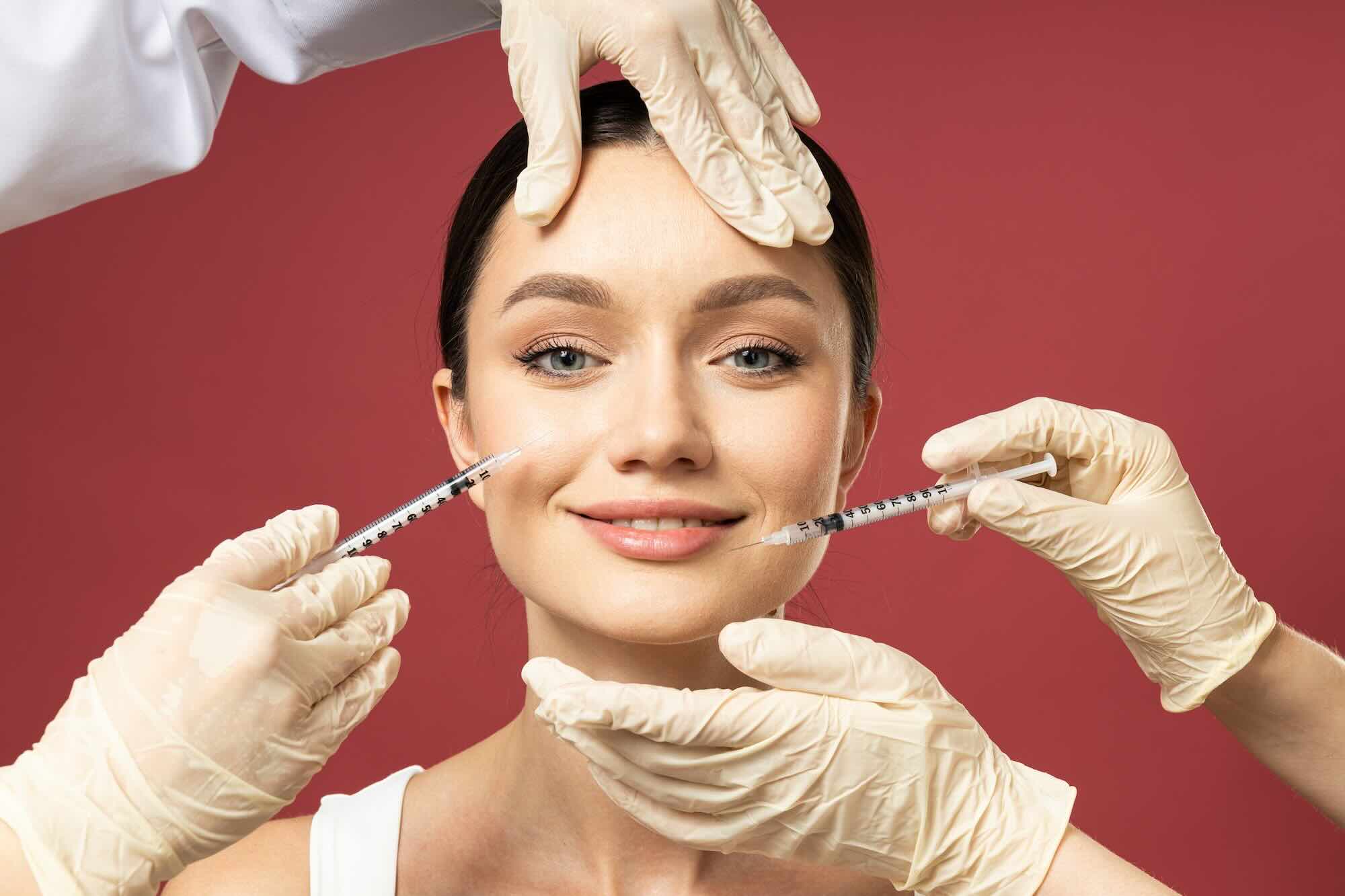As years go by, aging begins to leave its marks. Each person feels this change uniquely, shaped by genetics and lifestyle choices. Some might see fine lines that are visible only in certain lights, while others notice more evident smile and frown lines.
While we can’t turn back time, we can rejuvenate our skin using advanced cosmetic dermatology. In the realm of aesthetic treatments, injectables have become a discreet yet impactful way to lessen the signs of aging. These treatments help diminish wrinkles, refine facial structures, and bring back the skin’s youthful fullness.
Among these are dermal fillers and neuromodulators (substances that relax specific muscles), both designed to improve the skin’s appearance without surgery. Two standout neuromodulators in today’s market are Botox and Dysport.
What Is Botox?

Botox, a widely recognized injectable, primarily targets facial wrinkles and fine lines. It’s also FDA-approved to treat conditions like chronic migraines, excessive sweating (hyperhidrosis), and certain muscle disorders.
It operates by blocking nerve signals in the muscles where it’s administered, helping those muscles relax and thus smoothing the skin above. Botox is often chosen to address forehead lines, crow’s feet, and the lines between eyebrows.
How Long Does Botox Last?
Botox offers temporary results, typically lasting from 3 to 6 months. As this period passes, the treated muscles gradually regain their function, and the lines might re-emerge. To keep their skin looking its best, many choose to have repeat treatments.
What Is Dysport?
Dysport, like Botox, is an injectable that minimizes wrinkles. It works by preventing muscle contractions, resulting in smoother skin. Commonly, it’s used to treat forehead lines and the lines between eyebrows.
How Long Does Dysport Last?
Dysport provides a temporary fix, generally lasting about 3 to 4 months, though individual results can vary. As with Botox, as the effects wane, wrinkles can return. To sustain the look they love, many opt for follow-up sessions. The exact duration of its effects can differ from person to person, but Dysport is usually not as long-lived as Botox.
The Difference Between Botox and Dysport

Botox and Dysport are leading injectables, yet they have distinct characteristics. Both substances are botulinum neurotoxins that relax the muscles under the skin. However, they can yield different outcomes.
Dysport usually shows results in just a few days, while Botox might take up to a week for full effect. On the other hand, Botox’s effects can last slightly longer than those of Dysport. This might be due to Dysport’s quicker dispersion compared to the more focused action of Botox. The latter is more potent and can treat specific areas more accurately.
So, who are good candidates for Botox or Dysport? If you’re looking to reduce facial wrinkles, both treatments might be options. Especially for those with pronounced lines on the forehead or around the eyes. It’s always best to discuss with a healthcare expert to choose the right fit.
How Much Is Botox?
The pricing of Botox can differ significantly. Multiple factors influence its cost: the expertise of the professional administering it, the region you’re in, and the size of the area being treated. Typically, the charge is per unit, with the overall expense determined by the number of units utilized. Within the USA, the cost usually ranges from $10 to $25 per unit.
Dysport Cost
Much like Botox, the cost of Dysport can fluctuate based on various factors. It’s also priced per unit, with the final fee being contingent upon the number of units needed for treatment. In the USA, Dysport generally costs between $4 to $6 per unit. It’s worth noting, however, that a unit of Botox often has thrice the potency of a Dysport unit. Thus, while Dysport might seem less expensive initially, the difference in price isn’t significant.
Is Dysport as Effective as Botox?

When comparing the efficacy of Dysport and Botox, much depends on personal preference. Both have proven effective in diminishing wrinkles and fine lines. Some individuals might appreciate Dysport’s swifter action, while others might gravitate towards the precision Botox offers.
Botox Side Effects
While Botox is largely deemed safe, there might be minor side effects. These can include slight discomfort at the injection site, potential bruising, or headaches. In isolated cases, more serious side effects like muscle weakness or vision disturbances could occur.
Dysport Side Effects
Similarly, Dysport can occasionally lead to minor side effects, such as pain or swelling at the injection site, headaches, or skin irritations. In rare circumstances, there might be severe side effects like allergic responses or respiratory challenges. It remains crucial to discuss potential side effects with your healthcare provider before initiating treatment.
What Is the Difference Between Botox and Dysport?

Though Botox and Dysport both have their merits, at SCCSNJ, we’re particularly impressed by the consistent and exceptional results Botox delivers to our clients. Time and again, it offers a smoother, revitalized appearance brimming with youth.
Botox provides a nuanced transformation. When administered by our specialists, it ensures you maintain your authentic expressions while diminishing those age-related imperfections. It’s not just a treatment—it’s a dedication to celebrating your inherent beauty.
At SCCSNJ, we warmly invite you to experience the next phase of cosmetic advancement at our specialized Botox Bar. Here, we promise individualized consultations where our experts align a treatment strategy with your aesthetic aspirations. We encourage you to reach out and schedule a consultation at the Botox Bar at SCCSNJ—where a refreshed and youthful version of you awaits.

